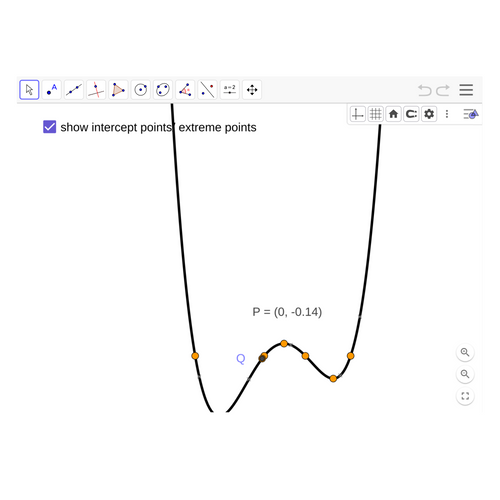

$$\left(1\right.\text{ nano } \left.=10^{-9}\right)$$

$$\text{1 shake} =10^{-8}\text{ seconds. } $$
$$\text{Find out how many nano seconds (ns) are there in 1 shake.}$$
$$\left(1\right.\text{ nano } \left.=10^{-9}\right)$$

$$\text{1 shake} =10^{-8}\text{ seconds. } $$
$$\text{Find out how many nano seconds (ns) are there in 1 shake.}$$
$$\text{How many molecules of water are there in a cup containing } 250 \mathrm{~cm}^3 \text{ of water?}$$
$$\text{Molecular mass of $\mathrm{H}_2 \mathrm{O}=18 \mathrm{~g} / \mathrm{mole}$}$$
$$\text{Density of water $=1.0 \mathrm{~g} / \mathrm{cm}^3$}$$
$$\text{Avogadro s number $=6.02 \times 10^{23} \mathrm{molecules} / \mathrm{mole}$}$$
$$\text{A) $6.0 \times 10^{23}$ }$$
$$\text{B) $8.4 \times 10^{24}$ }$$
$$\text{C) $1.9 \times 10^{26}$}$$
$$\text{D) $3.7 \times 10^{28}$}$$
$$\text{E) $2.5 \times 10^3$}$$
$$\text{How many molecules of water are there in a cup containing } 250 \mathrm{~cm}^3 \text{ of water?}$$
$$\text{Molecular mass of $\mathrm{H}_2 \mathrm{O}=18 \mathrm{~g} / \mathrm{mole}$}$$
$$\text{Density of water $=1.0 \mathrm{~g} / \mathrm{cm}^3$}$$
$$\text{Avogadro s number $=6.02 \times 10^{23} \mathrm{molecules} / \mathrm{mole}$}$$
$$\text{A) $6.0 \times 10^{23}$ }$$
$$\text{B) $8.4 \times 10^{24}$ }$$
$$\text{C) $1.9 \times 10^{26}$}$$
$$\text{D) $3.7 \times 10^{28}$}$$
$$\text{E) $2.5 \times 10^3$}$$













Copy of deck
By smstry
Copy of deck
- 94



